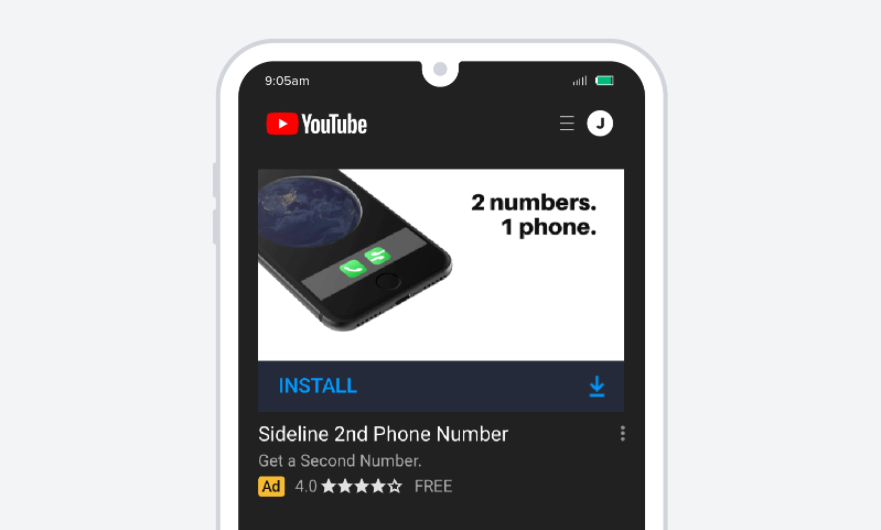The Internet of Things (IoT) is changing how public utilities operate in many ways. The possibility to connect devices and transfer data between them has changed the rules of the game for an industry not characterized by steady innovations. In general, IoT has allowed utilities to accomplish things that were impossible in the past due to high costs and technological constraints. It has also helped renewable energy generation technologies to grow thanks to new technological possibilities. These factors, paired up with the need for a global transition towards cleaner and better ways to use resources, have been the perfect combination for triggering the industry’s disruption.
Table of Content
- The Internet of Things (IoT)
- promote android app rank
- buy android app downloads
- play store app optimization
At Koombea we are very optimistic about IoT’s potential to improve how public utilities operate. We consider there is a lot of room to help meet the global sustainability challenge while addressing utilities’ and customers’ changing needs. But let’s be honest, IoT can only be as powerful as the apps that support it. This is why we have developed this shortlist to consider some of the benefits IoT apps can have for public utilities and their users.
You might be asking, ‘but how are IoT apps able to disrupt an industry that is relatively stable?’ This is a great question, and in order to answer it we need to address the issue from two perspectives: supply and demand.
Supply
Let us first consider the supply side of the IoT in public utilities, that is, how devices are changing the way utilities offer their products and services. The first thing that probably comes to mind is how public utilities can benefit from IoT. There are many ways in which this can occur. One of them is through smart metering apps. The use of these tools allows remote public utility management, a task that used to require the presence of a company operator in the past. It is now possible to track user consumption patterns in real-time. This enables a lot of practical applications like restraining the service or making it available to a particular user without having to physically do so. In the case of real-time energy consumption, IoT can also serve the purpose of optimizing electrical power grids as a result of having better information. In general, these actions translate into increased operational efficiency and reduced costs for public utilities.
Another way in which IoT is changing public utilities is by restructuring the relationship with users. Utility apps can now give consumers detailed information on their consumption patterns. This can include data such as which device consumes which resources and the associated consumption price, thus allowing users to understand where their peak demand occurs throughout the day. As a result, it is now possible for utilities to incentivize certain consumption patterns in order to optimize the use of resources.
This leads us to a third important change: the possibility for utilities to comply with regulatory requirements in a more efficient way than how it has been done in the past decades. With IoT apps, utilities can potentially meet certain information and operational requirements in real-time. Having a whole set of operational statistics at your hand has never been easier. Thanks to IoT apps, dealing with regulatory matters does not have to be a burden anymore.
Demand
The demand side of our analysis considers the way users relate to utility products and services. One way in which IoT apps can generate change on the demand side is in the relation between utilities and their users. The latter can now have access to real-time information on their consumption patterns. This empowers them to decide when to use certain devices based on their needs and pricing preferences.
There is also great potential for apps to be developed according to user’s specific needs.For instance, in the case of industrial consumers, a whole universe of options opens. Apps allow industrial users to manage their resource consumption in a detailed way never seen before, something that can surely make any engineer smile.
Finally, another way in which IoT is changing the demand side of utilities is through facilitating the adoption of renewable technologies. Apps that allow users to understand their off-grid and on-grid consumption, their daily energy generation and consumption patterns, and their savings are definitely a major change from the past.
Challenges and Final Thoughts
We know this all sounds pretty exciting and you surely want to start innovating right away, but don’t miss the big picture. A major challenge utilities will be facing in order to adopt IoT is in developing the right apps. Utility companies are not expert app developers, but this need not be a worry. At Koombea we can guide you throughout the app development process with our team of experts who can understand your needs.
We understand your resources are valuable. That is why our clean-cut working methodology gets the most out of working sessions in order to deliver valuable results. Worried about your operational standards? We can help you achieve your goals without losing your focus on delivering excellent service. Our team can make sure that your systems are fully integrated to meet specific requirements so you don’t need to think about getting in trouble with regulators.

